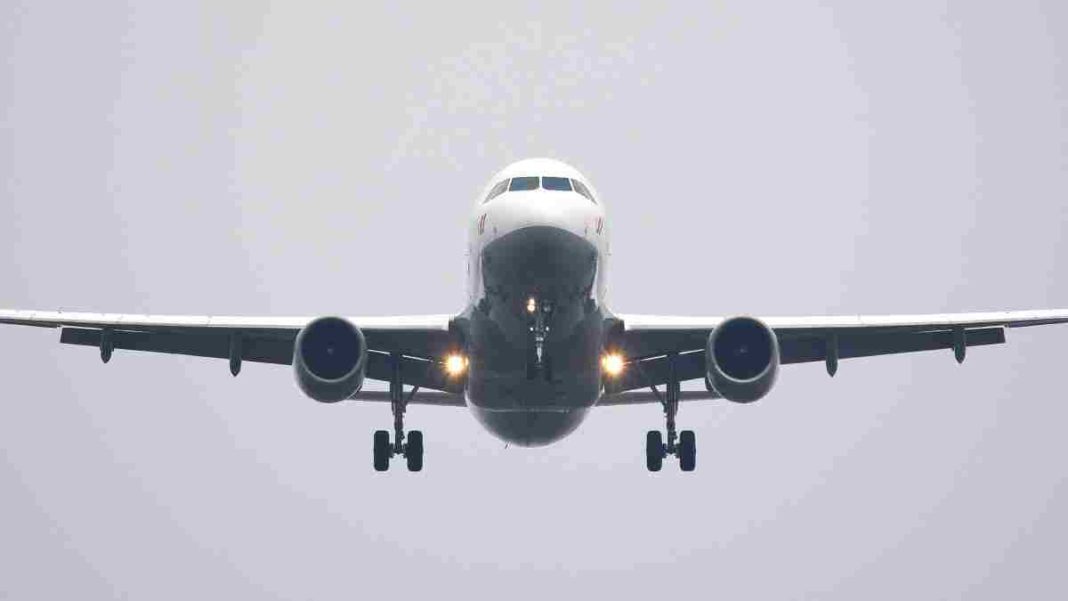UNITED STATES: Imagine jetting from London to New York in under 90 minutes, a feat previously reserved for science fiction. This audacious notion is on the brink of reality, thanks to pioneering advancements in supersonic aircraft technology driven by none other than NASA, the United States’ premier space agency. This remarkable development promises to redefine the very concept of global air travel.
NASA is developing a supersonic aircraft that can outpace the speed of sound, nearly doubling the velocity of the iconic Concorde – the legendary supersonic airliner renowned for its ability to breach the sound barrier.
The implications are breathtaking: travel times between major cities could be slashed to unprecedented levels. London to New York, a journey that currently demands eight to nine hours, could be completed in less than an hour and a half.
The concept of supersonic travel is no longer limited to theoretical discussions. The envisaged supersonic aircraft, a collaboration between NASA and aerospace titans including Boeing, Rolls-Royce, and GE Aerospace, has the potential to achieve speeds that soar beyond our wildest expectations.
While conventional commercial airplanes typically clock in at around 600 mph, this revolutionary aircraft could attain mind-boggling speeds ranging from 1,535 to 3,045 miles per hour.
These next-generation aircraft models are projected to achieve speeds ranging from Mach 2 to Mach 4, soaring past the velocities of contemporary planes that operate at roughly 80% of the speed of sound.
The illustrious Concorde, once renowned for achieving a top cruising speed of 1,354 mph, or Mach 2.04, set a record for its fastest transatlantic voyage on February 7, 1996, when it covered the New York to London route in a mere 2 hours, 52 minutes, and 59 seconds.
However, challenges persist. The demand for high-speed flights, as underscored by NASA’s research, faces restrictions due to supersonic flight bans over land in countries like the US.
These bans confine supersonic aircraft to overwater routes, with popular North Atlantic and Pacific paths being the primary options. To surmount this hurdle, NASA’s Quesst mission has devised the X-59 quiet supersonic aircraft, aiming to reintroduce supersonic travel over land.
Ongoing studies are dedicated to refining technological roadmaps and identifying supplementary research requirements to accommodate an extended range of high speeds. NASA’s Advanced Air Vehicles Program (AAVP) is forging ahead into the next phase of high-speed travel exploration.
Recently, it awarded contracts to firms to facilitate design and roadmap development. These roadmaps are set to delve into the myriad possibilities of air travel, addressing potential risks and challenges while pinpointing the essential technologies needed to materialize travel at Mach 2 and beyond.
Also Read: Typhoon Disrupts Air Travel in Taiwan and Claims 2 Lives in Japan



